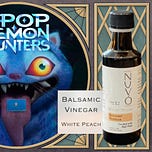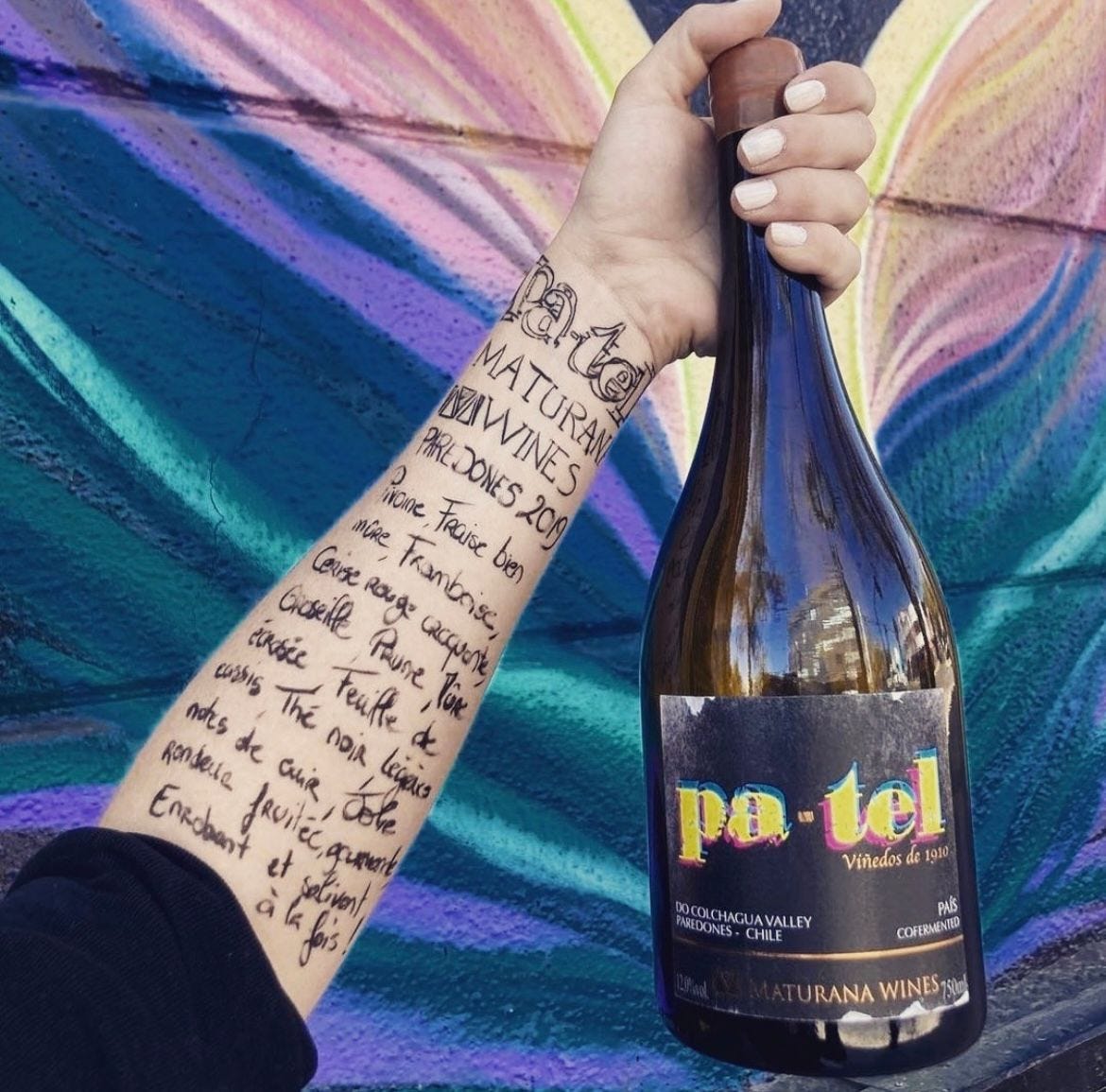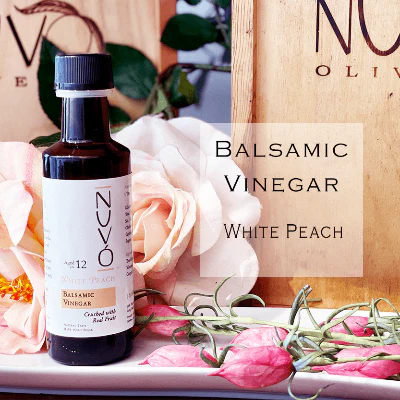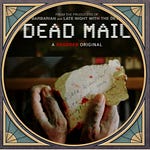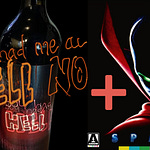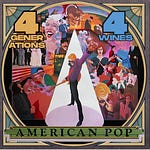Neither myself nor Dallas are the target demographic for KPOP DEMON HUNTERS, but after reading
’s post about its unexpected, meteoric rise, we were suddenly very curious.The film was part of a 2021 deal between Netflix and Sony, one of many, where Sony handled the development and Netflix footed the entire bill + a premium paid out to Sony in exchange for all the rights upon release. (Though Sony would share in some of the soundtrack profits.)
Netflix quietly dropped the animated feature on its platform to little fanfare. They had tried to get toy and merchandising deals in place prior to release, but there had been no takers. So the prospects for the film were minimal. Then TikTok videos of viewers singing the marquee song soon went viral, and, stunningly, an entire 10 weeks after its release, KPOP became the most viewed movie in Netflix’s history. (Finally beating out RED NOTICE, which only achieved such heights as it was released during the pandemic to a captive audience.)
After it achieved this milestone, Netflix did the unexpected: they put it into theaters, after over 236 million people had already seen it on the platform. And the god damned thing was #1 at the box office, raking in $18M on 1700 screens. Essentially proving that a reverse release strategy could work for some movies: release on streaming first, and if the demand is there, then put it in theaters.
A true blue organic word-of-mouth hit, we had to tuck in and see what all the fuss was about.
You can also listen to this episode on your podcast catcher / platform of choice:
Wine Trivia Question of the Week
C’mon, test your knowledge and LEARN something you goddamned cultureless Luddites!
When a wine is called "sweet" even though it's dry - "dry" meaning no/insignificant amounts of residual sugar in the final wine - what are the most likely causes for this sense of "sweetness" on your palate?
Scroll down to the bottom of this post for the answer!
The Pairings
“Pa-Tel” Pais Co-Fermentado, Maturana Wines, Colchagua Valley, Chile
I’ve been loving the wines made with the Pais grape that have made their way to Los Angeles. Also known as the “Mission Grape”1 because Spanish missionaries brought it to the Americas, then up through Mexico and into the USA so they could make their sacremental wine, the grape has long had the reputation of making subpar quality wine.2
But today winemakers are beginning to make elegant, complex wines with Pais. This particular bottle says it’s a “Co-Fermentado” or co-fermentation, which is confusing because there’s only one grape named on the front, so co-fermented with…itself? That doesn’t make any sense. Thankfully, the back label reveals that the bottle is 85% Pais, 2% Black Muscat, 8% Semillon, an 5% Riesling.
Pais is already a thin-skinned grape that produces light colored, light-bodied, soft wines with gentle tannins. Adding in two white grapes lightens and brightens the wine even further, adding florals and a lemon-lime zestiness. The whole final effect like an unsweetened sangria.
KPOP DEMON HUNTERS is about learning to love who (and what) you actually are, rather than trying to assimilate and erase your heritage. Pais is a grape that was long downplayed and made only for local consumption, dismissed as a contender to play on the international stage. But no longer.
It’s also the right balance of lightness, brightness, but also complexity, just like the movie: it’s not weighty or harsh, but it is thought-provoking, and avoids overt simplicity usually associated to both Pais and lower-budget animated musical features.
NUVO White Peach Basalmic Vinegar
Dallas calls this a “sipping vinegar”, and thinks that’s delicious, ymmv.
He tried a number of both red and white wines with KPOP, but none were working the way he thought it should. Then he tried sipping this vinegar slowly, just a dab on the tongue here and there.
This 12-year old white balsamic vinegar made with Trebbiano grapes is fused with California White Peaches resulting in a smooth, naturally sweet, and tangy flavor with a smooth, rich finish, just like KPOP DEMON HUNTERS.
It’s perfect for those who appreciate the complexity of balsamic vinegar but crave the light, fresh sweetness of fruit. Use it to elevate salads, drizzle over grilled meats, finish off desserts, or even sip it straight like a goddamned animal, or perhaps like a demon breaking through the Honmoon to sip fresh human souls.
Answer to Wine Trivia Question
When a wine is called "sweet" even though it's dry - "Dry" meaning "no sugar whatsoever" - what are the most likely causes for this sense of "sweetness"?
A) Fruitiness and alcohol
*B) Low acidity and alcohol*
C) High acidity and fruitiness
D) Tannins and oak influence
High acidity is the opposite of what the wine world calls “sweetness" on the palate. Tannins are generally bitter in flavor. And oak can make wine spicey or buttery but not particularly “sweet”. Fruitiness does lend itself toward sweetness, but not nearly as much or as universally as low acid levels and alcohol.
Alcohol is of course the fermented sugars of the original grape juice; it’s literally made out of sugar, and tends to taste “sweet” to most palates. Higher alcohol wines are thus “sweeter” than lower alc wines, if the residual suagar in the wines is equal.
Likewise, low acidity will make a “sweeter” wine, as acidity blankets our perception of sweetness. Think about how much sugar you can dump into lemon juice just to make it bearable; add that same amount of sugar to something neutral like water, and suddenly it would be too sweet to drink straight. Same amount of sugar, completely different perceptions of how “sweet” the two liquids are.
So the most likely two factors in one dry (no sugar) wine tasting sweeter than another, would be low acidity and alcohol. And now you know.
And also known as “Criolla Chica” in Argentina.
Because you don’t want your priests getting smashed every evening, though I’m pretty sure they did anyway - life was rough back then.


